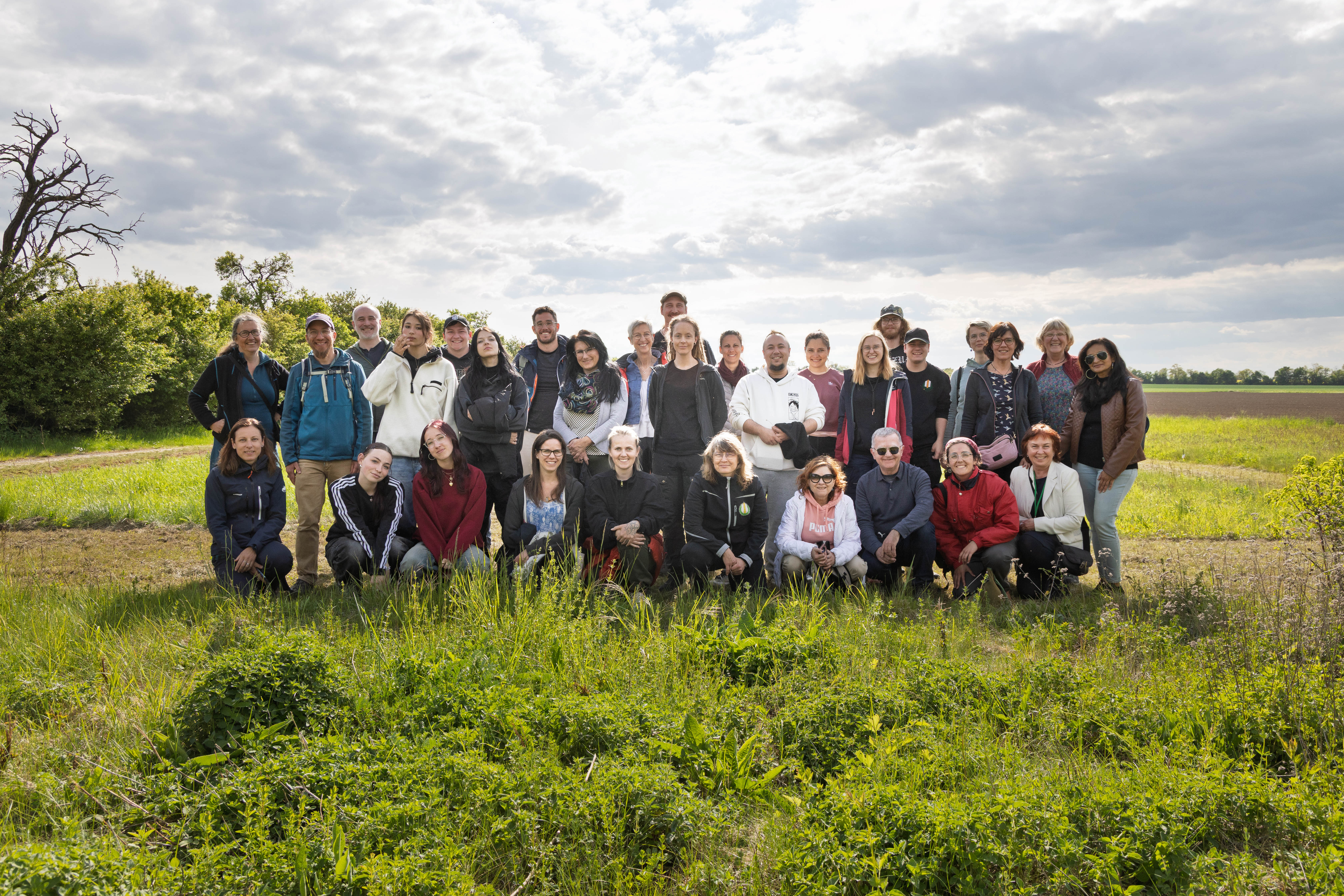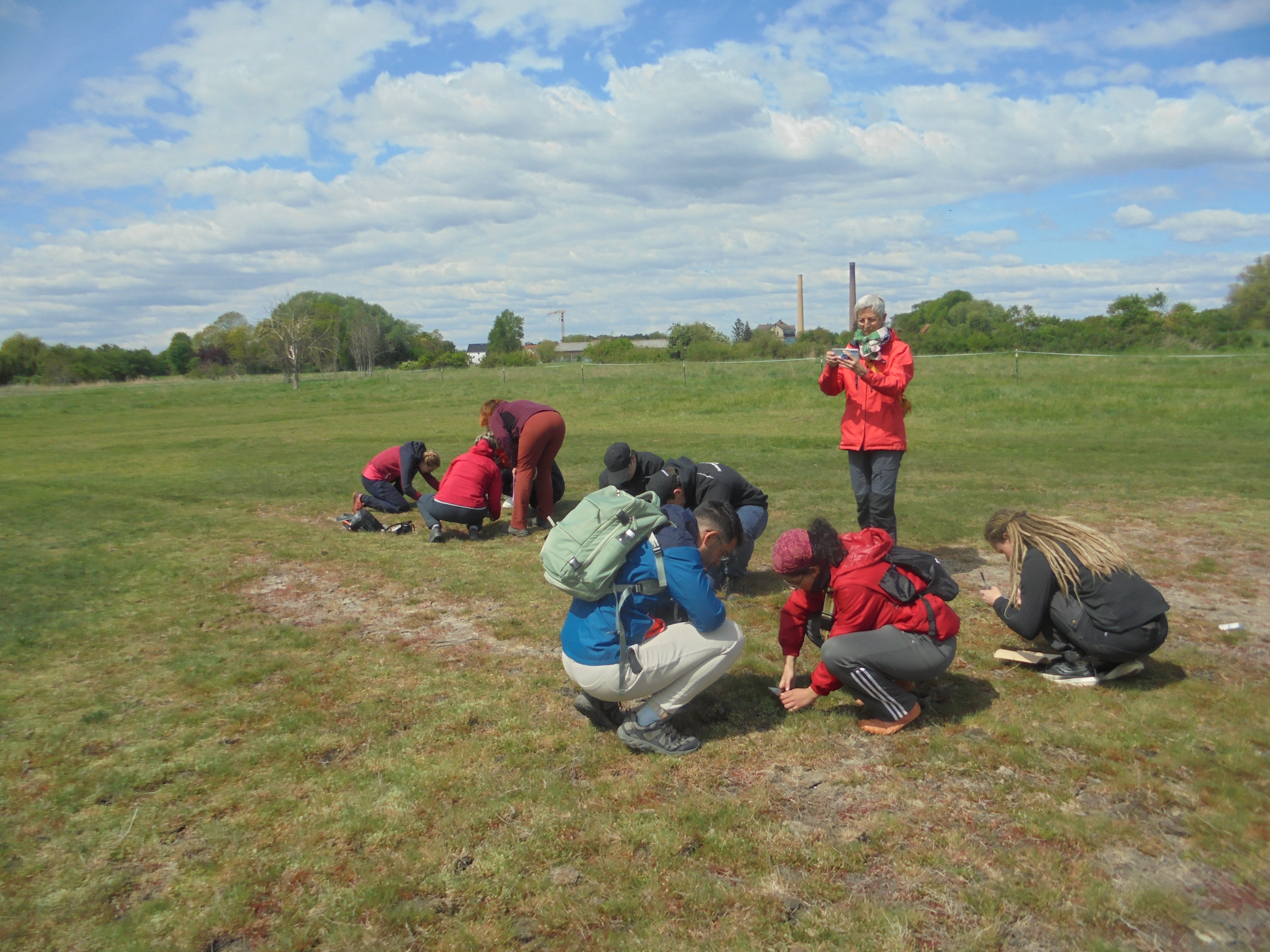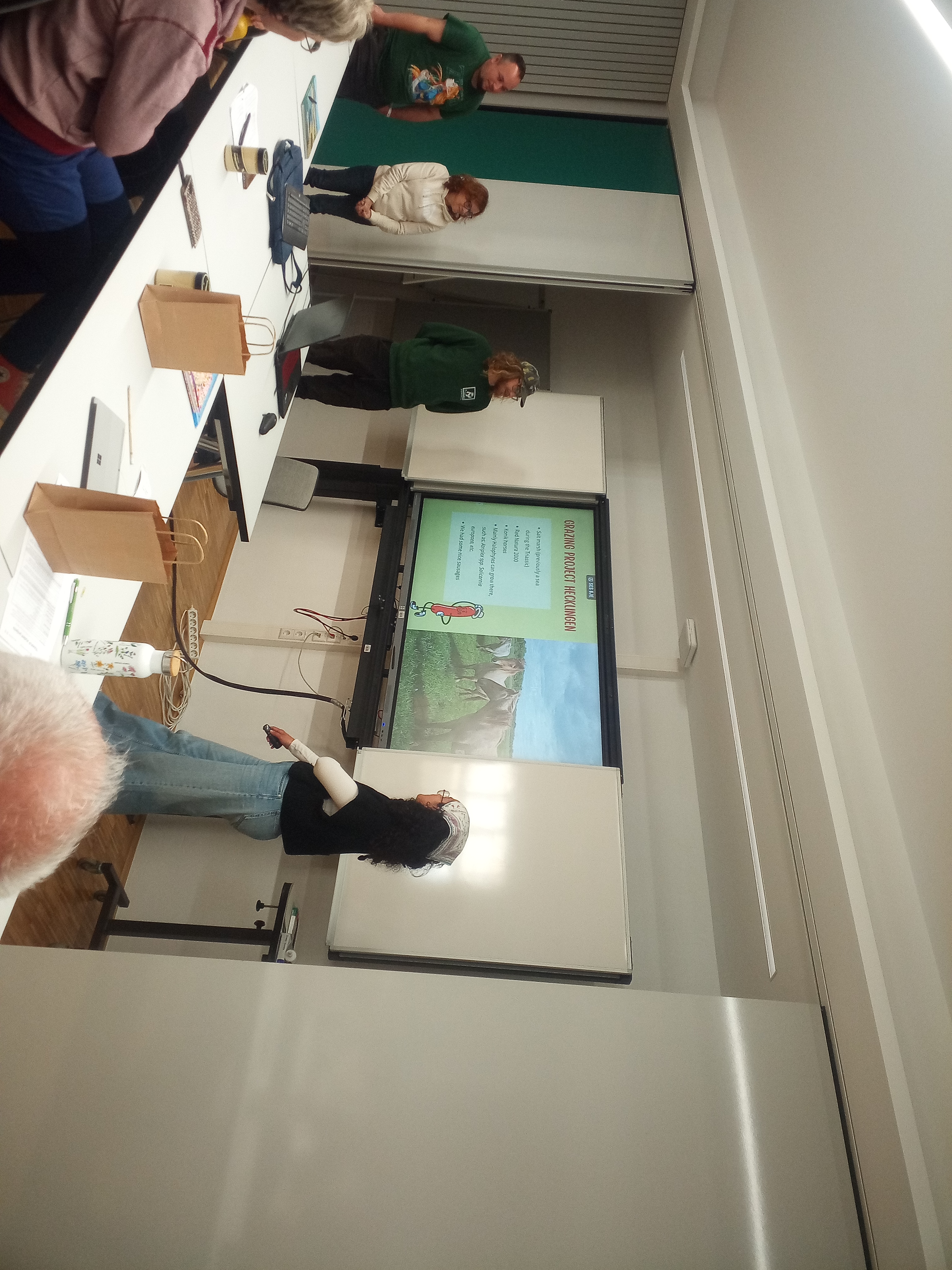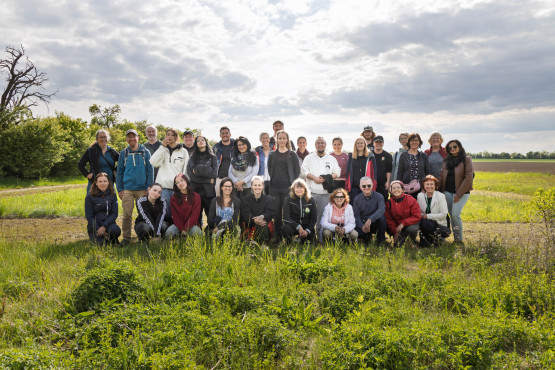
Last week, the Restoration Ecology Working Group at the Department of Botany, Faculty of Science, University of South Bohemia, held a week-long intensive course that guided VET students from Spain, Germany, the Czech Republic, and Norway through the theoretical and practical aspects of the rapidly developing field of restoration ecology. Preparations for the exchange began in each country already in autumn. During this time, the students also developed their own projects, and the best ones came to present and defend them during the exchange. The aim of the meeting in the Czech Republic was to increase education in the field of ecological restoration among a group of students who are implementing a number of measures in practice. With the recent adoption of the European Nature Restoration Regulation, it is clear that knowledge transfer is key to high-quality habitat restoration.
The students spent the first three days in the Czech Republic and took part in a day focused on the restoration of meadows in the countryside and in cities, as these are among the most endangered habitats across Europe. In addition to lectures, they had an opportunity to go through all the stages of restoring a species-rich meadow and try everything out in practice, from identifying suitable source vegetation, obtaining seeds and analysing what can be found in the collected material, to preparing the area, sowing, and evaluating the success of the restoration. Despite the unfavourable weather, the students were able to try out the various methods and activities in an improvised way. We also used the Faculty garden, where we continued with teaching using specific examples, and in the evening, we moved to the city for further measures, such as flowering strips.

The next day was devoted mainly to urban ecology, the restoration of mining areas, and the entire landscape. After a theoretical introduction, we went on an excursion to the Třeboň region and saw how spontaneous succession works in sand pits, which can even turn into small-scaled specially protected areas. In the Novohradské Mountains, we learned about landscape modifications in agricultural areas. On Wednesday, we set off to visit our colleagues in Bernburg, Germany and on the way we managed a short excursion to restored old orchard in Prague called Třešňovka, and a brief explanation and a view of the extensive ČSA quarry, which is at the beginning of a long journey to become the most extensive ecological restoration project in the Czech Republic. Before leaving the Czech Republic, we stopped to look at the Radovesická spoil heap to see how quickly the abandoned area overgrown with trees. Also, the importance of open sites for a number of specialized species was stressed and the possibilities of their maintenance only by human activity (especially during motocross).

The following day, our colleagues from Hochschule Anhalt showed us how they approach restoration in the agricultural landscape in Germany. We visited a farm that produced regional plant seeds, tried out vegetation mapping on restored salt marshes, learned about the pitfalls of grazing, experienced close contact with a herd of horses, learned to identify rare field weeds and found out about their protection and re-introduction to the landscape, and saw flowering strips and colourful flowering field margins to promote biodiversity.
At the end of the course, the students summarized what they had learned during the course in short presentations and presented and defended their projects. Next spring, another international course on ecological restoration will take place in České Budějovice, this time focused on university students, and in the autumn, a course in Norway on landscape restoration will follow.
Author of the group photo: Thomas Engst; Thank you to Lenka Šebelíkovà for this article.
